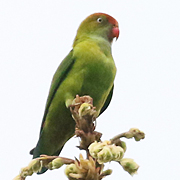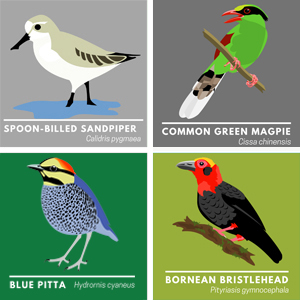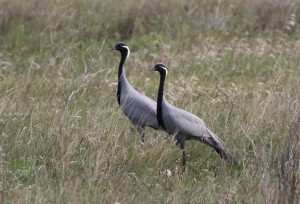
I am currently sitting in a hotel room in Almaty, looking back on the last few days of the recent Kazakhstan birding tour that I have just finished leading. Our trip ended in the capital city of Kazakhstan, Nur Sultan (recently renamed from Astana), where we spent a few days birding in steppe and wetlands, enjoying some excellent birding, in fact it was in these last few days that we experienced the highest abundance of birds of the whole tour – a great way to finish. The undoubted highlights were the sighting of 6 critically endangered Sociable Lapwings, large numbers of spectacular Black Larks, watching White-winged Larks in song flight, huge numbers of Red-necked Phalaropes and a nesting colony of Pallas’s Gulls. However, it was not just about connecting with key birds, we just enjoyed a lot of top-quality birding and lots of excellent views of a wide variety of species.
If you would like to join me on a birding trip in Kazakhstan take a look at the dates, itinerary and all the details of my next tour – Central Asia Birding Tour.
Sociable Lapwing was a major target of this section of our trip. This critically endangered bird is not guaranteed when visiting this area as there are just small numbers of them spread out over an enormous area of habitat; an area of steppe larger than many countries. However, we found them with the minimum of fuss and were able to get fairly close without disturbing them, watching them for some time through the telescopes while also enjoying flypasts from Black-winged Pratincoles.
Black Lark was another highly-anticipated bird which turned out to be rather common in the right habitat. This species is surprisingly large for a lark and its striking plumage made it easy to spot in grasslands while its display flight was very enjoyable to watch with its floppy “butterfly’ wings nearly touching at the peak of their extension. In some areas we visited Black Lark was the commonest passerine around.
White-winged Larks were much scarcer and harder to photograph but we had good views of a number of birds, particularly when they were very active in the early morning chasing each other around and performing their song-flight.
Waterbirds were also a feature of this part of the trip with very large areas of wetlands scattered throughout the steppe. For those used to nature reserves in northern Europe these reedbeds and lakes dwarfed anything we were used to and as well as familiar species such as Great Bittern, Black-necked Grebe, Northern Pintail, Black-tailed Godwit, Pied Avocet and Common Crane there were less familiar birds including large numbers of Greater Flamingo feeding in saline pools and small numbers of beautiful Demoiselle Cranes.
For sheer spectacle, though, these may have been eclipsed by the massive numbers of Red-necked Phalaropes that we saw. All of us had seen plenty of these birds in other places before but not in the huge numbers that we witnessed here, with one lake in particular being covered in up to a thousand birds. They were very accommodating for those of us wanting to take photos.
Some of our group were very keen to see Pallas’s Gull in full breeding plumage and this was not a problem as we were able to observe a nesting colony of several hundred birds on a small island in a lake. The best views, however, we as they flew past us to deliver food to their chicks.
The wetlands were very interesting and we added a lot of species to our list by spending time around them including Greylag Goose, Marsh Sandpiper, Red-necked Grebe, Great Reed Warbler, Common Snipe, Black Tern, Slender-billed Gull, Dunlin and, around the marshy edges, lots of stunning White-winged Terns as well as a breeding plumage Spotted Redshank.
It seems weird to say it but by this time we had got quite blase about birds such as Pallid Harrier, Dalmatian Pelican, Caspian Gull and even Black Lark that were quite abundant but none the less pleasing for it.
Although it was not a new bird for any of us we were all keen to get good views of Red-footed Falcon and once we had got to the right area there were many of them perched on small, roadside trees, sallying out to catch prey now and then.
Having found all our target birds we just enjoyed getting good views of lots of the commoner birds on our final couple of days, getting very familiar with Paddyfield Warbler, Bluethroat, Red-backed Shrike, Red-footed Falcon and enjoying the vast numbers of Western Yellow Wagtails as well as turning up Sedge Warbler, a confiding Blyth’s Reed Warbler, an inquisitive Eurasian Penduline Tit and a couple of Fieldfares.
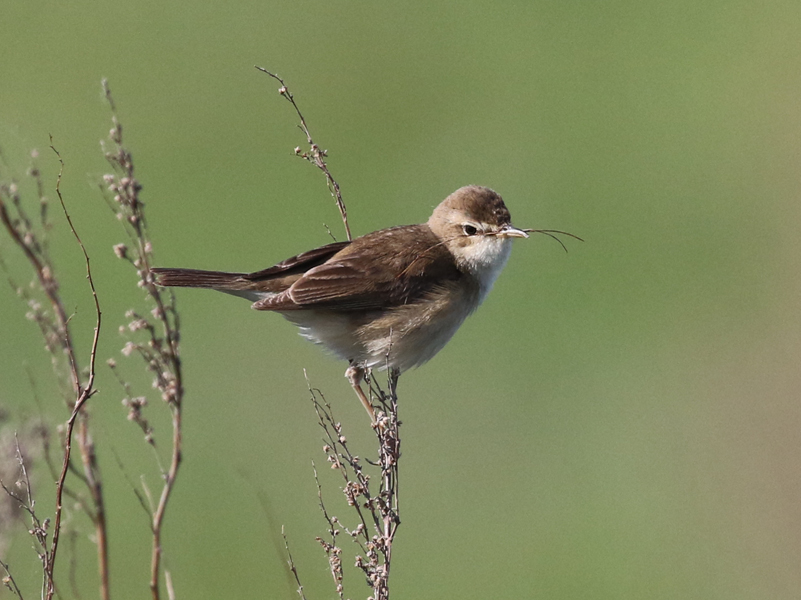 Paddyfield Warbler with nest material
Paddyfield Warbler with nest material
From the above photo you can see that this Bluethroat was feeding its chicks with an abundance of insect larvae and by the numbers of insects around it was obvious to us why so many species come to this area to breed. Spending time here was great as it gave us the opportunity to see many of these species extremely well rather than just running around ticking them off of a list. And it is not often that you get this sort of view of a Grasshopper Warbler.
Birding in Kazakhstan has been great, not just for the birds but for the landscape and wide open spaces. I will look forward to leading another birding tour to this interesting country; check out the full itinerary here – Central Asia Birding Tour - join me.


 June 1st, 2019
June 1st, 2019  Nick
Nick 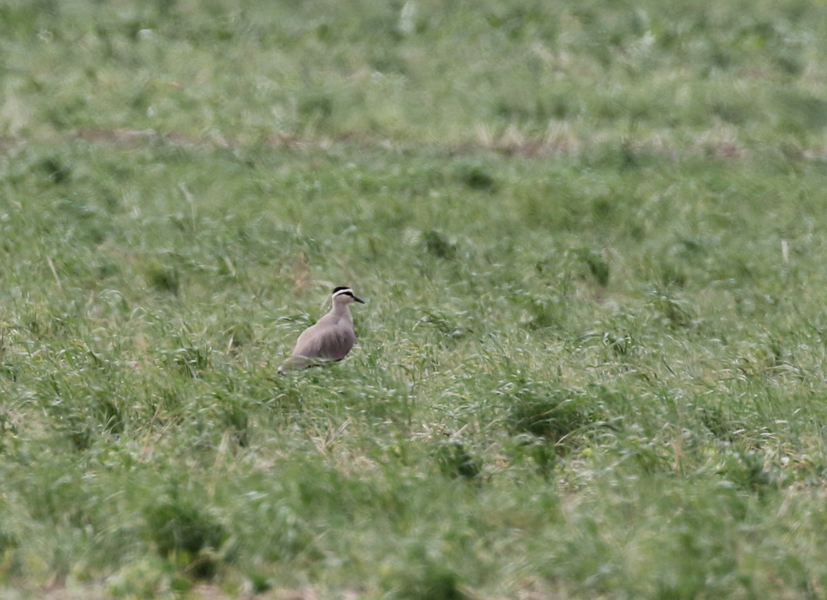
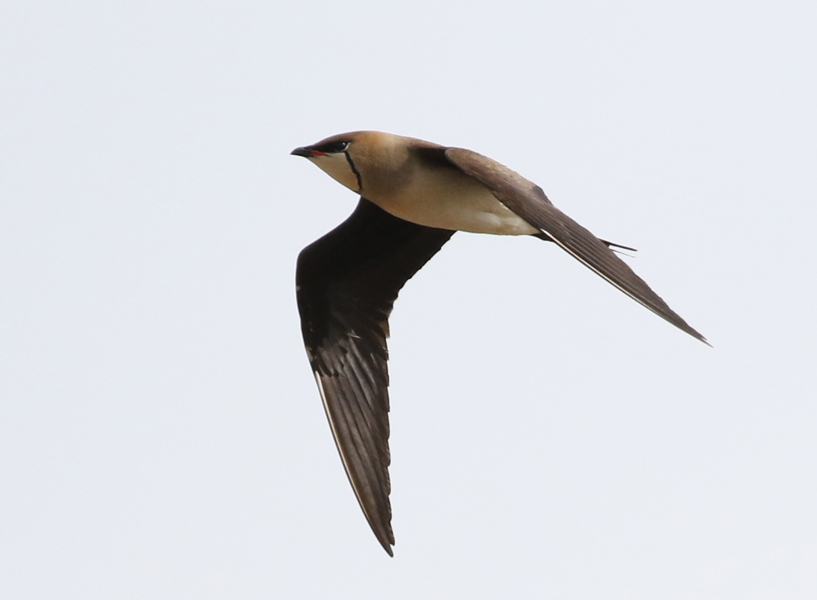
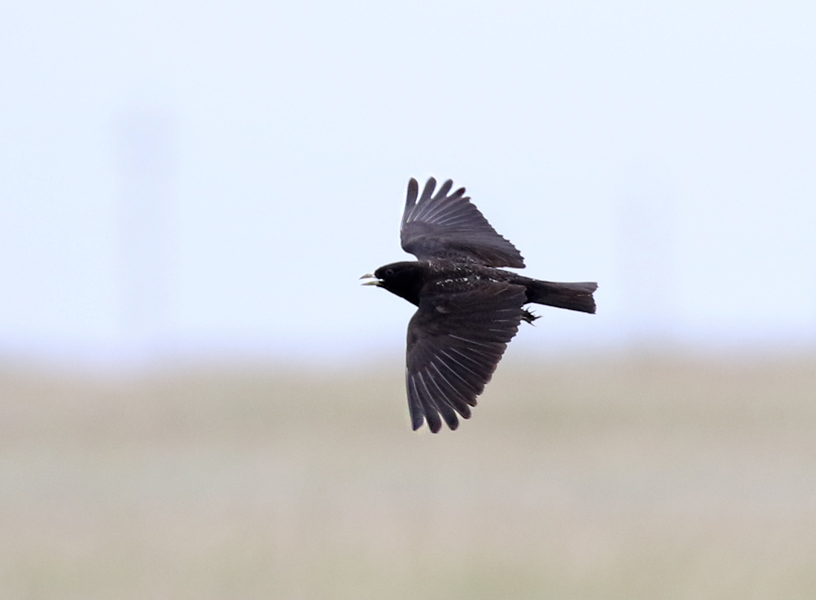
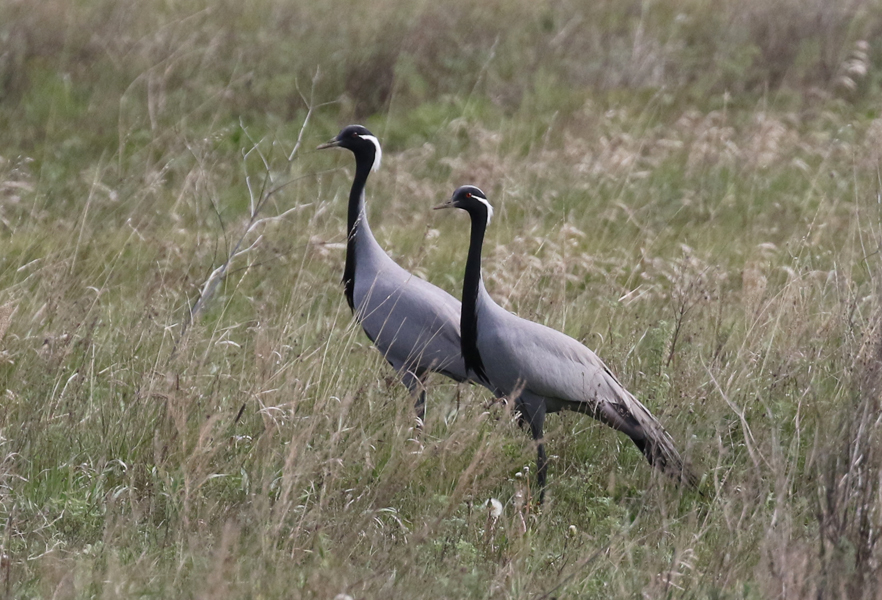
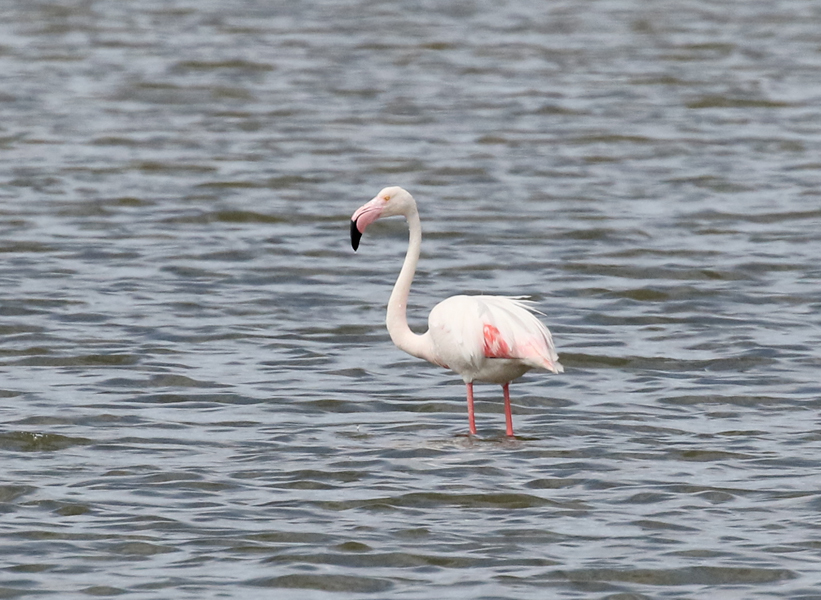
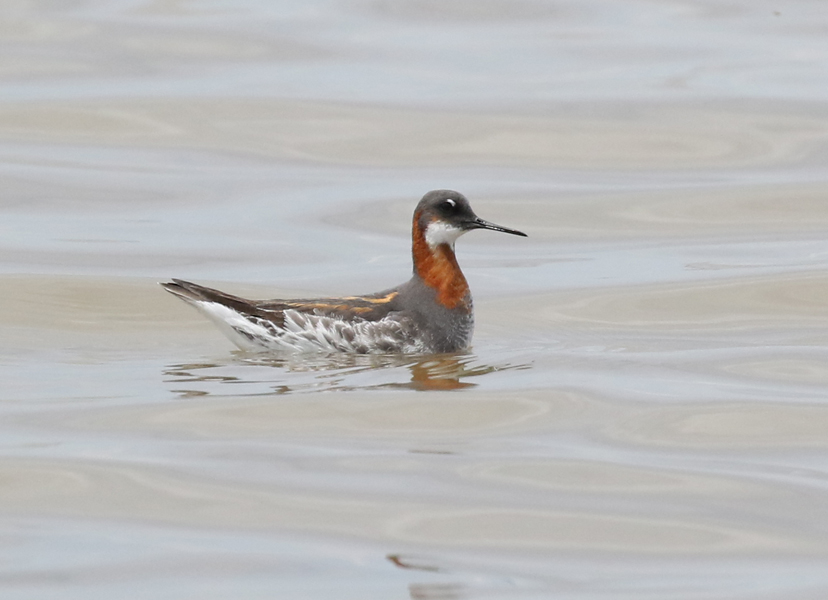
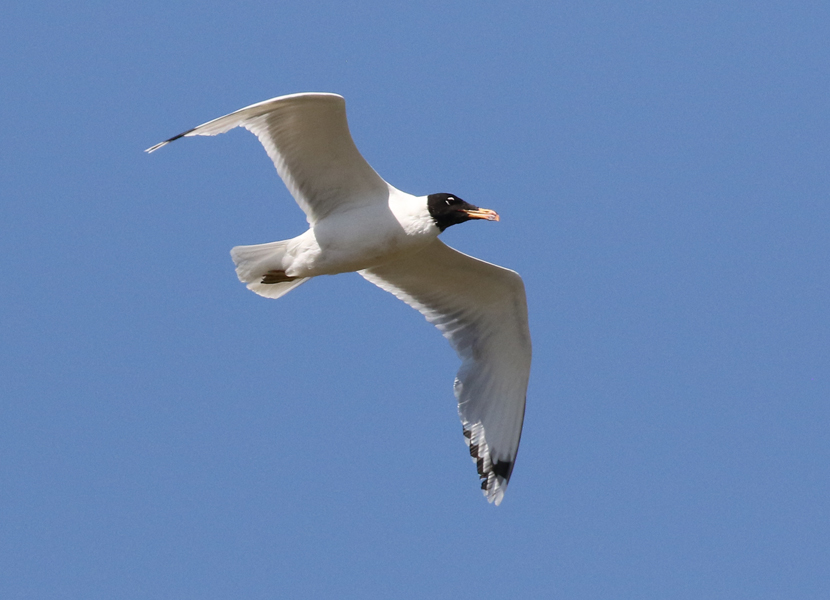
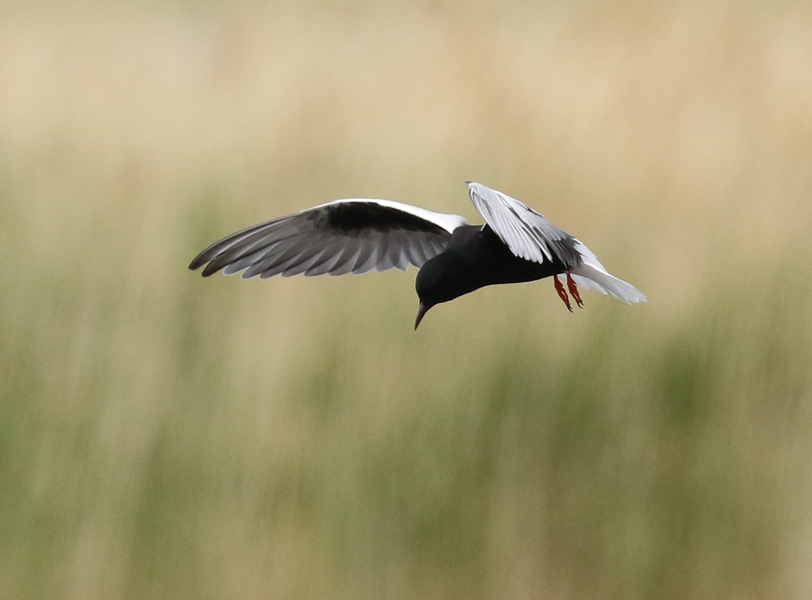
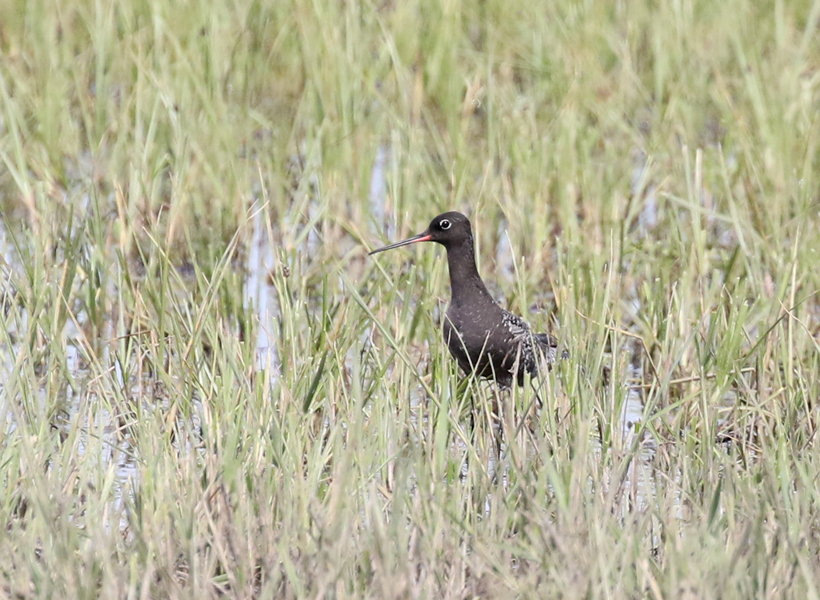
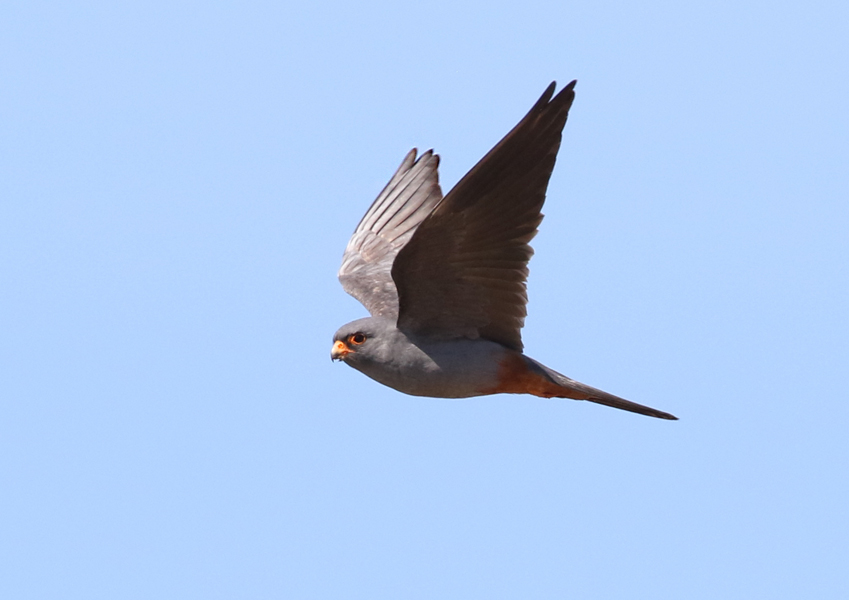
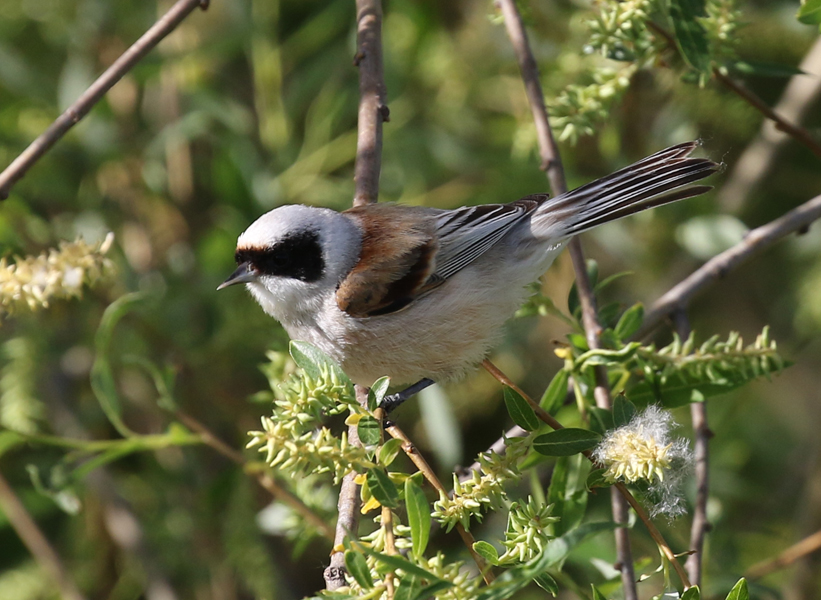
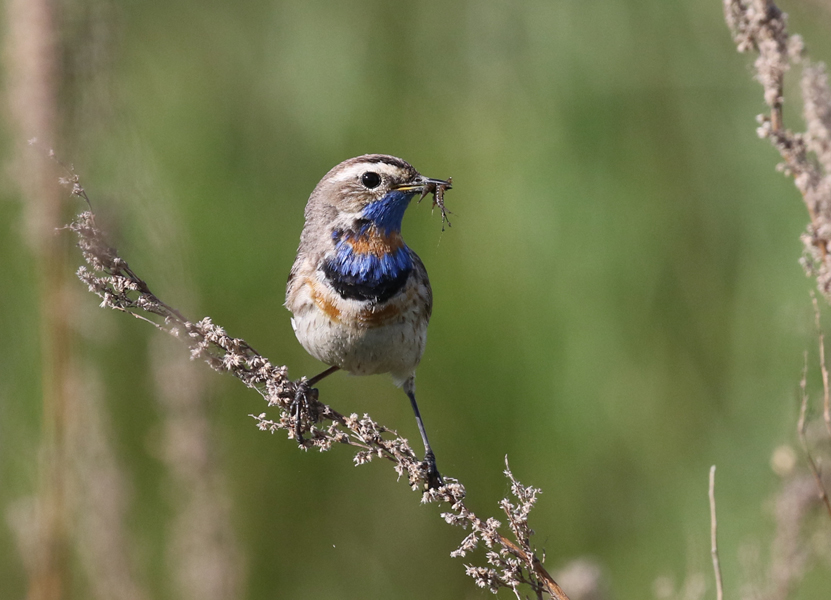
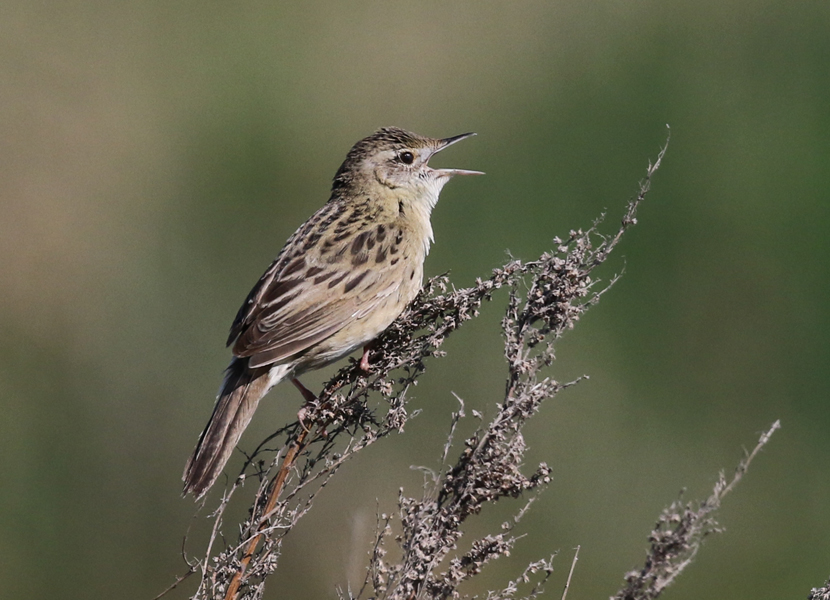
 Posted in
Posted in  Tags:
Tags: 

